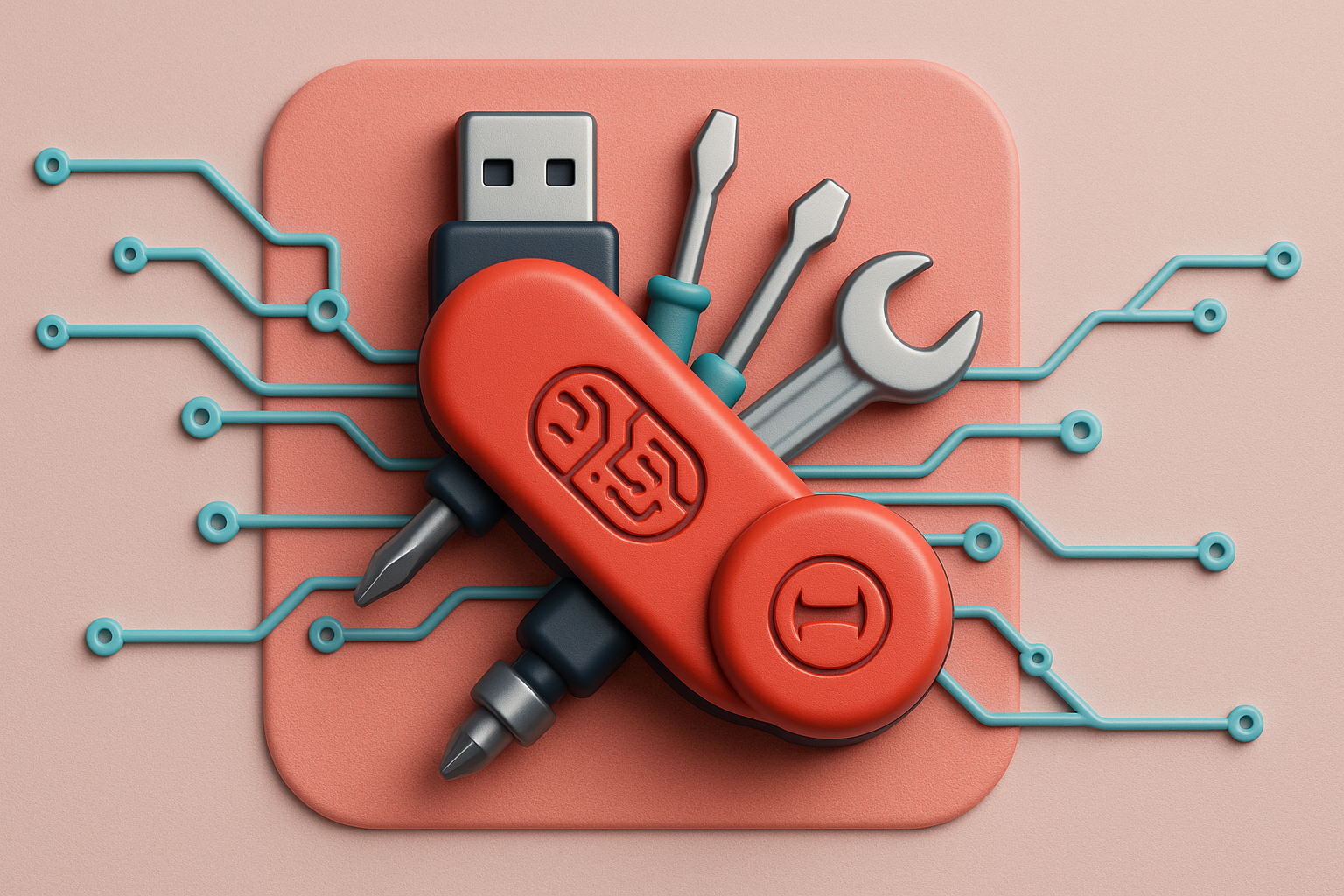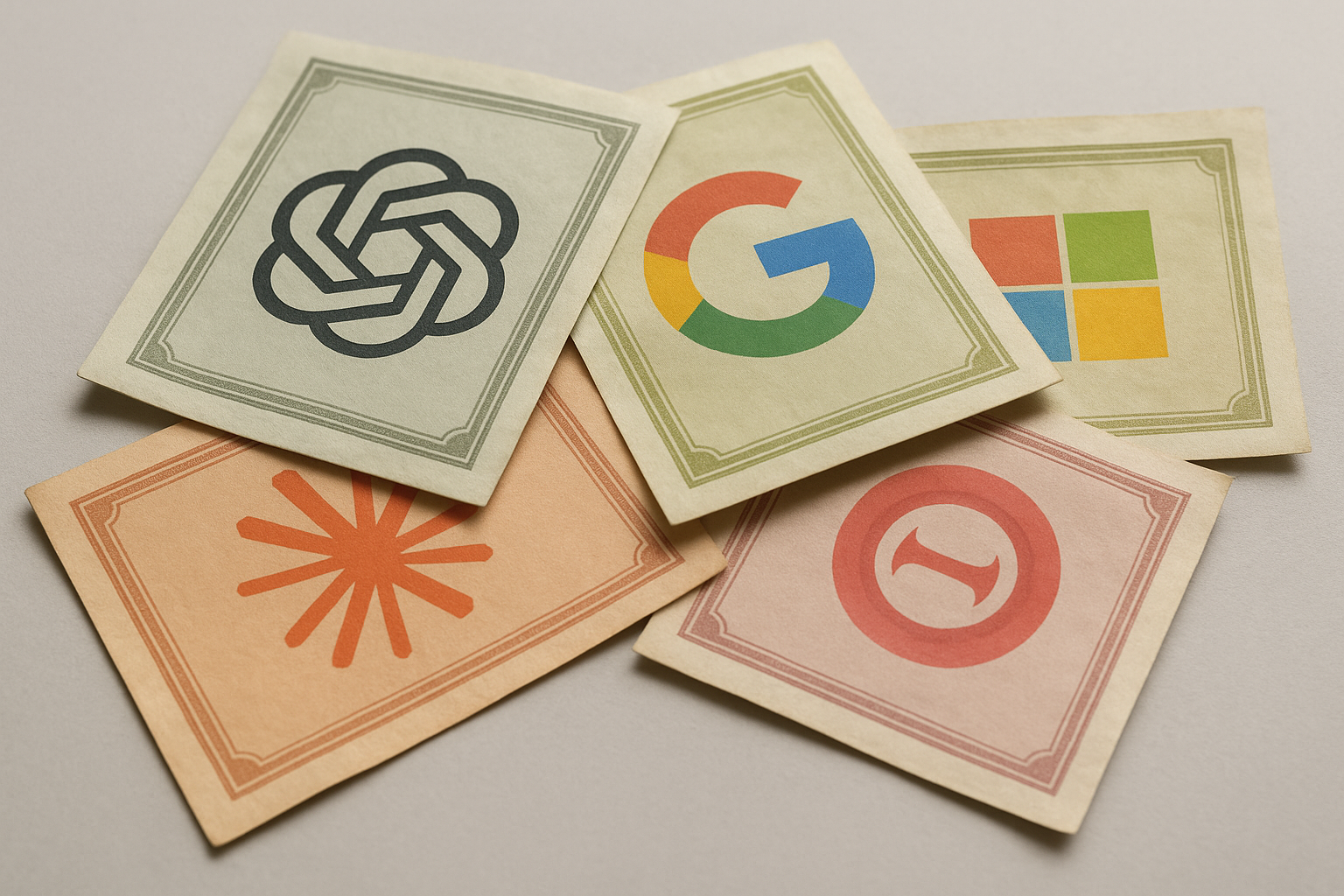GPT‑5‑mini - the max workhorse of the GPT‑5 era
The story of GPT‑5‑mini has gone a bit unnoticed among the noise surrounding the main GPT-5 model announcement.
But it’s a story worth telling and a simple one at that - near‑frontier capability without frontier bills.
The mini model keeps most of GPT‑5’s practical power, quicker responses (ie. lower latency and increased throughput), and holds the line on predictability – all for a lower cost. Benchmarks confirm there are small deltas to GPT‑5 on real‑world tasks at a fraction of the cost, with stable behaviour even under load.
What sets GPT-5-mini apart
Performance where it counts!
On all the jobs that create value – whether reading messy documents or fixing bugs - mini tracks very close to GPT‑5. Whereas older, small models struggled to achieve the cost/performance trade-off, mini doesn’t require much compromise, if any. For example independent evaluations on using mini for software development SWE‑bench and hands‑on reports repeat the same conclusion.
Cost that is incredibly low
At US$0.25 per million input tokens and $2.00 per million output tokens, mini reshapes budget math. Compare this to 4o which costs $5 per million input and $20 per million output tokens. That means it is just 5% of the cost on input! And 10% of the cost on output! Workloads that once required careful thought before attempting can be easily adopted now. Teams can stop rationing tokens and start maximising benefits.
Control that tames variance
Mini exposes some new dials - verbosity to manage output length and reasoning effort to set thinking depth - so users can trade latency, detail, and spend. The result is a single model that fits into lots more production use case.
A cleaner upgrade from GPT‑4o
Many users valued GPT‑4o’s warmth – especially in ChatGPT. The GPT-5 Mini model does not necessarily have quite the same feel, but that is nothing a bit of prompting can’t fix. Pair it with a thin style layer and you get clarity at scale, with the benefit of fewer factual slip ups or hallucinations.
Mini is also supposed to perform better than 4o when addressing long context and is better at following instruction and tool calling than 4o. Making upgrading a no brainer.
Scorecard Summary
- Intelligence - within single‑digit points of GPT‑5 on multiple public suites. GPT-5 Explained: Features, Performance, Pricing & Use Cases in 2025
- Cost - an order of magnitude cheaper than legacy GPT‑4o on common workloads in published comparisons. GPT-5 vs GPT-4o API Pricing: 2025 Cost Guide
- Hallucinations - lower than GPT‑4o according to OpenAI’s cross‑model tests and external reporting on GPT‑5’s reductions. Introducing GPT‑5 for developers | OpenAI
- Tone and style – still in your hands via assistant prompts
Conclusion
GPT‑5’s debut in ChatGPT drew heat for its tone shifts and for the way OpenAI abruptly pulled older models. Mini sidesteps that debate. In fact it is not available via ChatGPT at all - but it is available to do all your fun and unglamorous work in Theta Assist.
References
- Wired, The Verge - launch coverage and model family overview. GPT-5 is being released to all ChatGPT users
- OpenAI priced GPT-5 so low, it may spark a price war | TechCrunch
- SWE‑bench - mini’s performance and cost curves on real engineering tasks. GPT-5 on SWE-bench with mini: Cost & performance deep-dive - SWE-bench
- User and press reaction to GPT‑5 and the GPT-4o rollback
-








